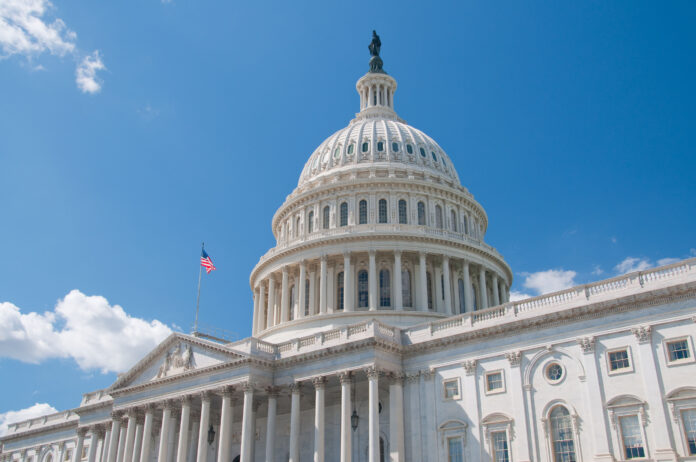(The Center Square) – Some lawmakers are once again calling on their colleagues to make Daylight Saving Time permanent.
Ahead of the switch to Daylight Saving Time this weekend, U.S. Sen. Marco Rubio, R-Fla., highlighted the importance of the Sunshine Protection Act, which would make Daylight Saving Time permanent.
“We’re ‘springing forward’ but should have never ‘fallen back,’ ” Rubio said in a statement. “My Sunshine Protection Act would end this stupid practice of changing our clocks back and forth.”
Rubio has backed the Sunshine Protection Act in previous years. In March 2022, the Senate unanimously passed the Sunshine Protection Act, sending it to the House for action. Former House Speaker Nancy Pelosi never brought the legislation up for a vote.
Not everyone is on board. The American Academy of Sleep Medicine opposes the Sunshine Protection Act. The AASM supports the elimination of the biannual time changes in March and November but is advocating for Congress to introduce legislation restoring permanent standard time.
“It is time to stop changing our clocks in the spring and fall, but making daylight saving time permanent is the wrong choice,” AASM President Jennifer Martin said. “The science is clear: Restoring permanent, year-round standard time is the best option for our health and well-being.”
Rubio’s Sunshine Protection Act would apply to those states that participate in daylight saving time. Most states observe daylight saving time for eight months each year. The bill would do away with changing clocks twice a year. Hawaii and most of Arizona do not participate in Daylight Saving Time.
Nineteen states – Alabama, Arkansas, California, Delaware, Georgia, Idaho, Louisiana, Maine, Massachusetts, Minnesota, Mississippi, Montana, Ohio, Oregon, South Carolina, Tennessee, Utah, Washington, and Wyoming – have passed similar laws, resolutions, or voter initiatives, Rubio said. States need federal approval to make the change.
The bill wouldn’t alter or change time zones, change the amount of hours of sunlight or require those who do not currently observe DST to do so (American Samoa, most of Arizona, Guam, Hawaii, Northern Mariana Islands, Puerto Rico, and the Virgin Islands).
Proponents of the measure say it could help reduce vehicle crashes by better aligning daylight hours to drivers’ standard work hours; reduce risks for cardiac issues, stroke and seasonal depression; reduce energy usage and help the economy.
The Florida senator said research shows switching the clocks had been linked to increased heart attacks, car accidents and pedestrian accidents. He said other research suggests light later in the day could reduce crime and childhood obesity.
Congress enacted Daylight Savings Time in the U.S. after Germany’s 1916 effort to save fuel during World War I, and its period of observance has since been lengthened. Congress initially mandated it for six months. In 2005, Congress extended DST to begin the second Sunday in March and end the first Sunday in November. As a result, the United States now has eight months of DST and four months of standard time.
The United States has also gone through periods of year-round DST, including 1942-1945 and 1974-1975.
In 2022, a Monmouth University Poll found about 1 in 3 Americans want to maintain this clock-resetting practice. A plurality would prefer to make daylight saving time permanent. Using standard time year-round had few supporters. Six in 10 Americans (61%) would do away with the nation’s twice-a-year time change while a little over one-third (35%) want to keep the existing practice. Those who want to stick with a single year-round time prefer to have later sunrise and sunset hours (44%) than the earlier setting offered by standard time (13%).




